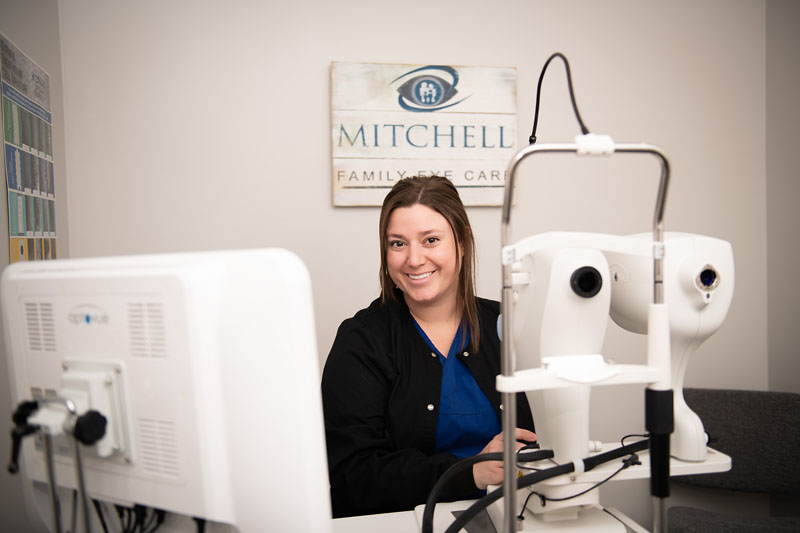What is Vision Therapy?
Vision Therapy is a highly-effective, non-surgical treatment designed to correct certain common vision problems. It is commonly utilized to correct such disorders as lazy eye, crossed eyes, double vision, and convergence insufficiency. In addition, vision therapy is successful in treating visual-motor and visual perceptual disorders, and as an adjunct treatment for certain learning and reading disabilities.

The goals of vision therapy are to identify and correct problems in any and/or all of the following areas:
- Eye alignment (pointing eyes at a target) and eye teaming (using both eyes together)
- Focusing (changing focus far to near and vice-versa)
- Eye movements (to follow a moving target and to switch fixation between two targets)
- Central processing of visual information
Watch the National Institutes of Health’s Video on Vision Therapy
Will Vision Therapy help me?
Vision Therapy has been proven to be beneficial in children and adults with certain visual problems, including eye movement skills, eye focusing skills, convergence, hand-eye coordination, and/or visual perceptual dysfunction.
Such problems are typically evidenced by:
- Blurry Vision
- Double Vision
- Print moving on the page
- Lack of interest in school work/near activities
- Poor performance
- Headaches, especially associated with near work/school work/computer work
- Avoidance of near work
- Inability to focus on tasks
What can I expect from Vision Therapy?
Vision Therapy prescribed and supervised by Dr. David Mitchell or Dr. DeRoche is highly individualized and designed to each patient’s specific area(s) of difficulty.
Vision Therapy begins with a thorough evaluation of visual skills, visual perceptual skills, and motor skills.
A vision therapy regimen typically includes one in-office therapy session per week, where the patient works directly with Dr. Mitchell or Dr. DeRoche and/or our vision therapist. The therapy is typically augmented by home therapy activities (“homework”) designed to reinforce therapy conducted in office.
Goals of therapy are specific to each patient’s case, but can generally be said to be to:
- Improve fundamental visual skills
- Improve visual comfort, visual hygiene, ease and efficiency
- Improve ability to process visually-presented information accurately and efficiently
Typical vision therapy techniques include the use of specialized optical and computerized devices designed to improve skills in all of these areas.

